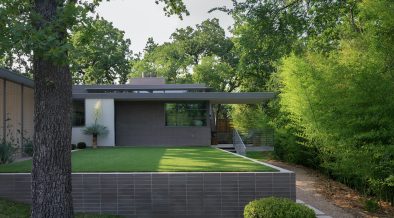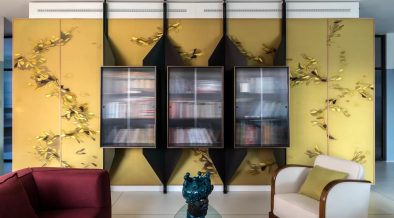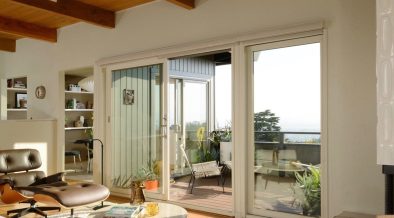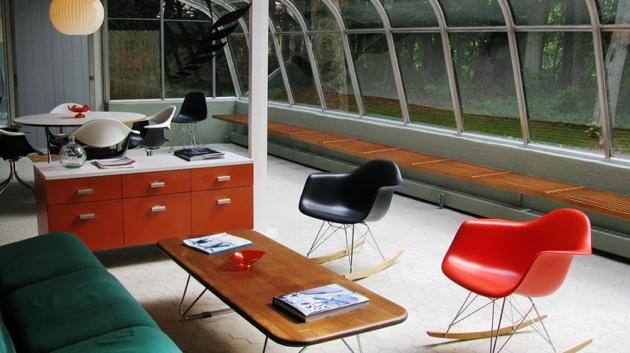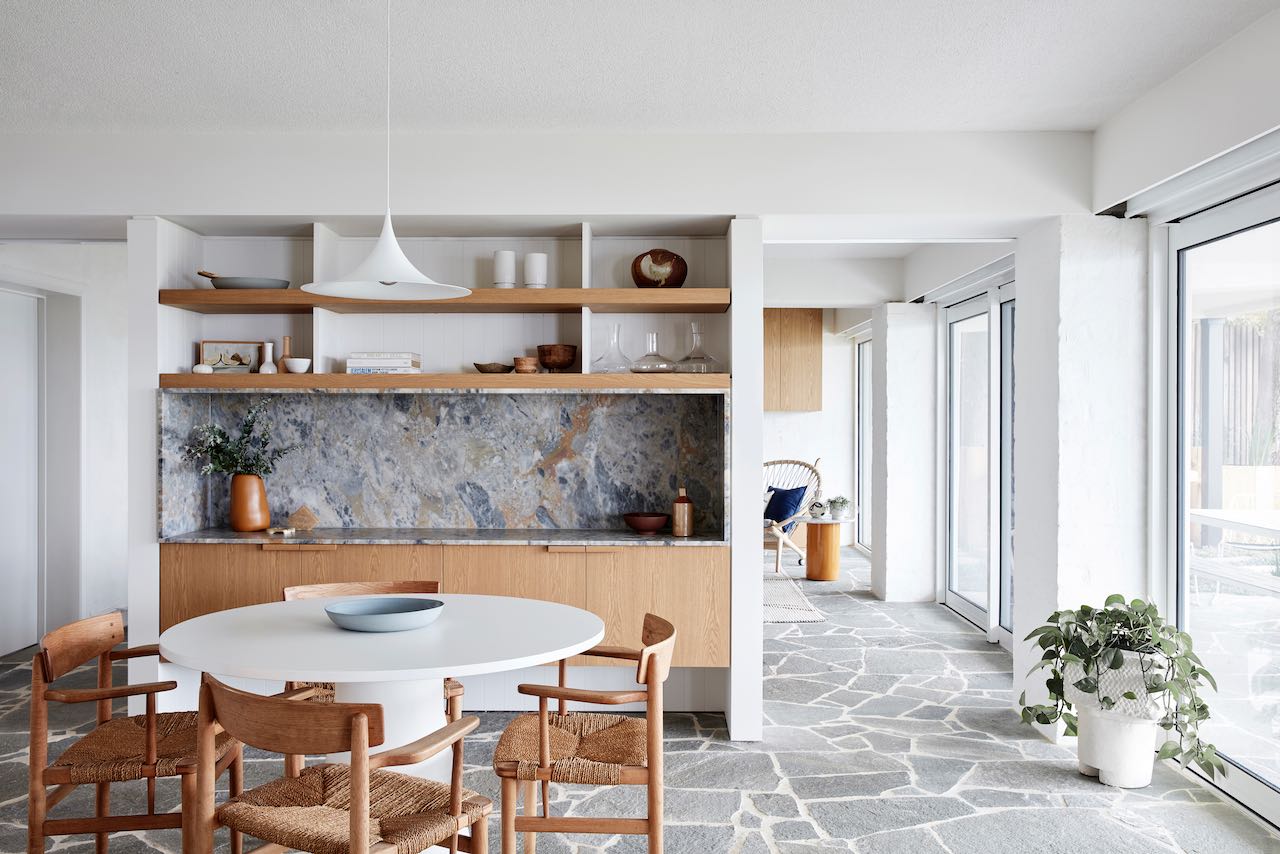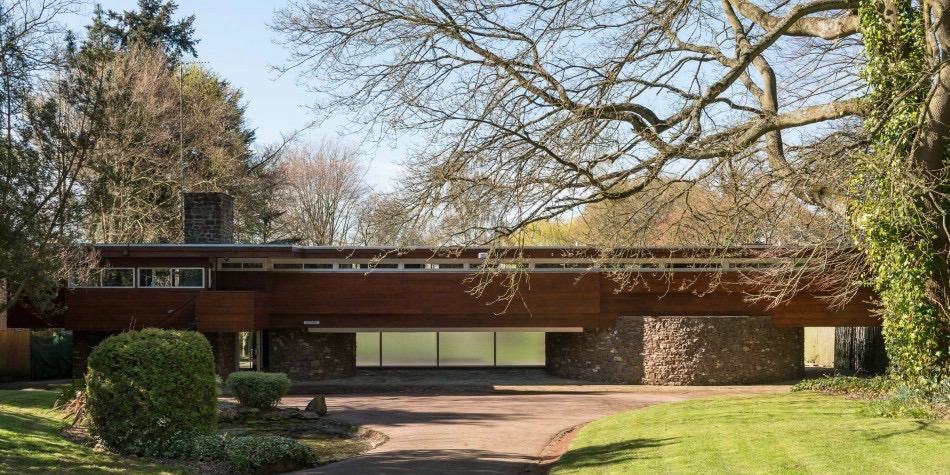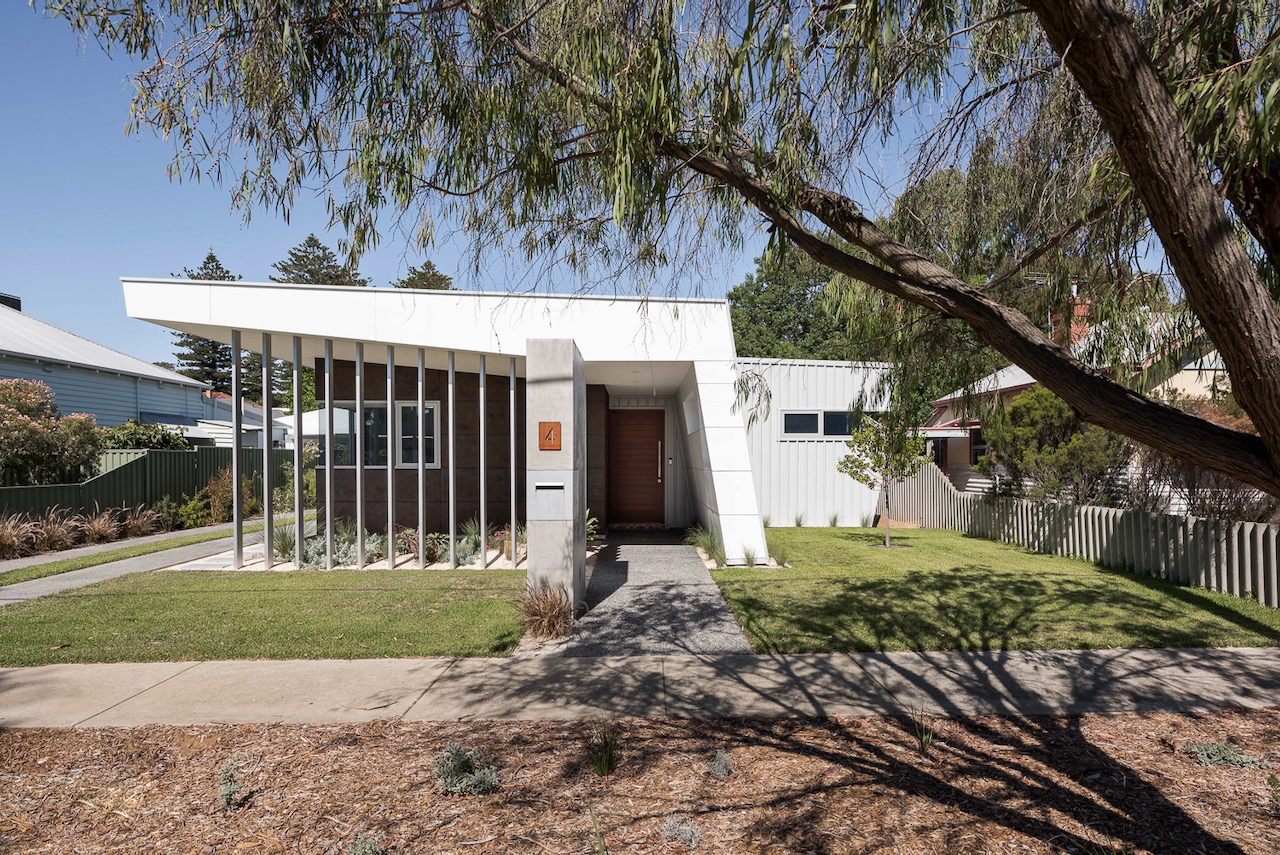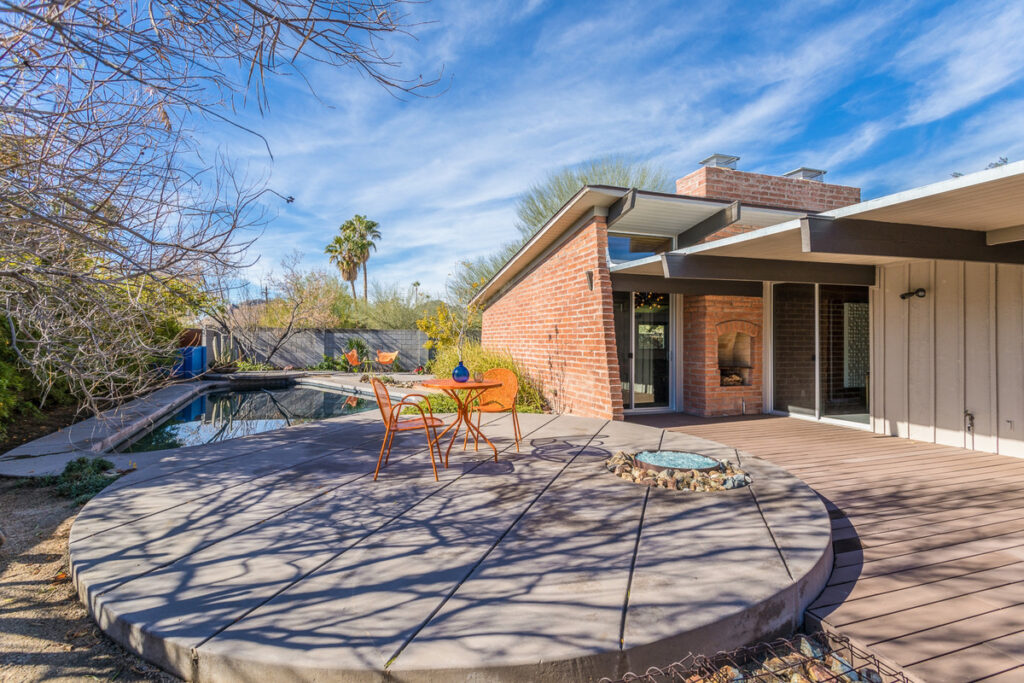
Text by Koss Design and Build
This 1963 midcentury gem near Piestewa Peak, originally designed by architect Fredrick Fleenor in collaboration with McCall’s Magazine, has undergone a meticulous restoration. The home was part of a 1960s marketing campaign showcasing “homes of the future,” designed by Fleenor and a panel of 21 women to suit the modern family. Once a beacon of innovation, the house had its midcentury character obscured over decades of alterations.
When the current homeowners—a young couple drawn to midcentury architecture—purchased the property, they envisioned restoring its original beauty while adapting it to modern living. Building new was beyond their budget, so they sought a home with “good mid-century bones.” Koss Design and Build spearheaded the renovation, which involved stripping the house back to its core materials, modernizing key spaces, and enhancing its connection to the outdoors.
Originally built alongside three other show homes in a cul-de-sac, this home was the most modern of the designs, blending sleek forms with natural materials suited to the local climate. Fleenor used exposed adobe hybrid blocks, wood beams, and ceilings to create a warm yet contemporary feel. Over time, many of these elements were painted over or concealed, but the renovation aimed to bring them back to life.
The restoration process began by sandblasting the interior, revealing original blocks, beams, and wood ceilings. While the board-and-batten walls couldn’t withstand the sandblasting and had to be replaced with drywall, the new material helped brighten the space and complemented the exposed wood and block elements. This careful blend of restoration and modernization created a clean, modern interior that pays homage to the home’s midcentury roots.
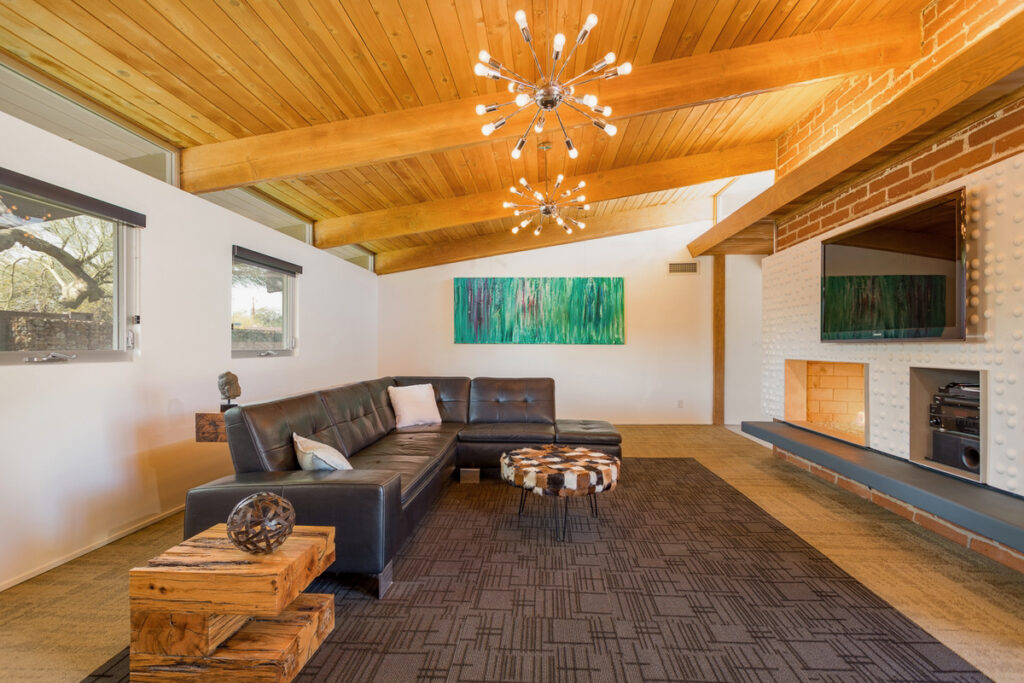
The renovation extended beyond the interior. The backyard was transformed into a seamless indoor-outdoor living space, with a new deck and updated pool area featuring circular patios. Original saguaros and Joshua trees were preserved, and the landscaping was augmented with drought-tolerant plants. A unique addition was a desert tortoise enclosure, reflecting the homeowners’ commitment to integrating with the natural environment.
Key features like the flat roof, glass clerestories, and large cantilevered overhangs were preserved, maintaining the home’s architectural integrity. A highlight for the homeowners was the restoration of the original double front doors, described as a “beautiful piece of functional art.”
The project also introduced modern amenities without detracting from the home’s character. Enlarged skylights, a new water feature in the entry courtyard, and improved lighting brightened previously dark spaces. Rooms were reimagined to enhance flow and functionality, with the kitchen, living room, and primary suite receiving the most attention. These updates balanced midcentury aesthetics with the needs of a modern family.
Spanning over a decade, the renovation was a labor of love, with the homeowners actively involved in much of the work. Their hands-on approach not only extended their budget but also deepened their connection to the home. The result is a thoughtfully restored midcentury masterpiece that harmoniously blends history, architecture, and modern living.
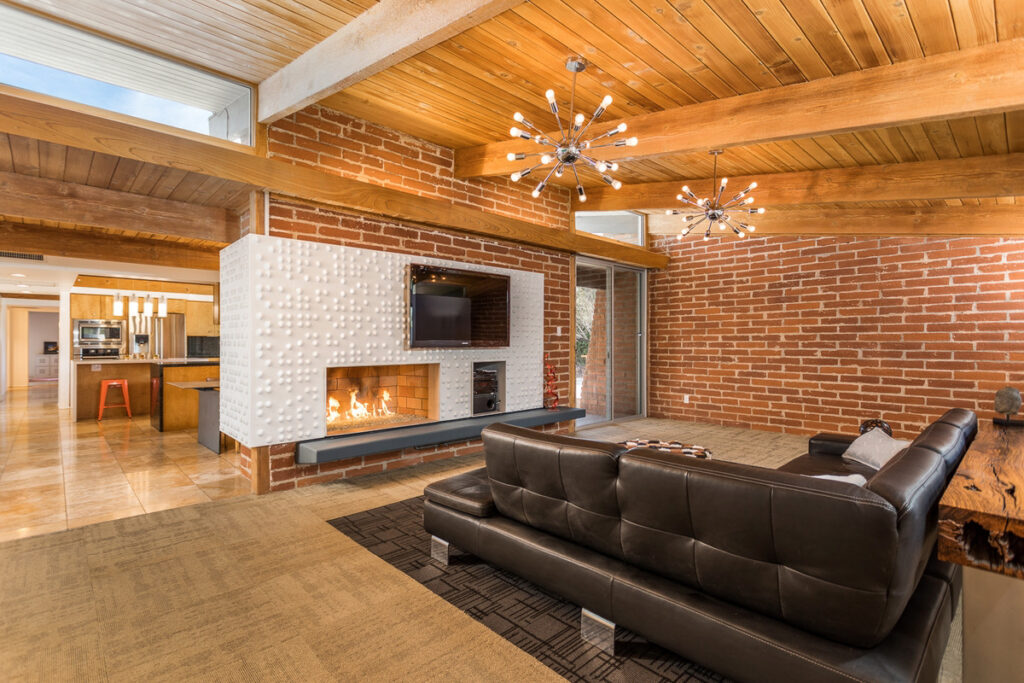
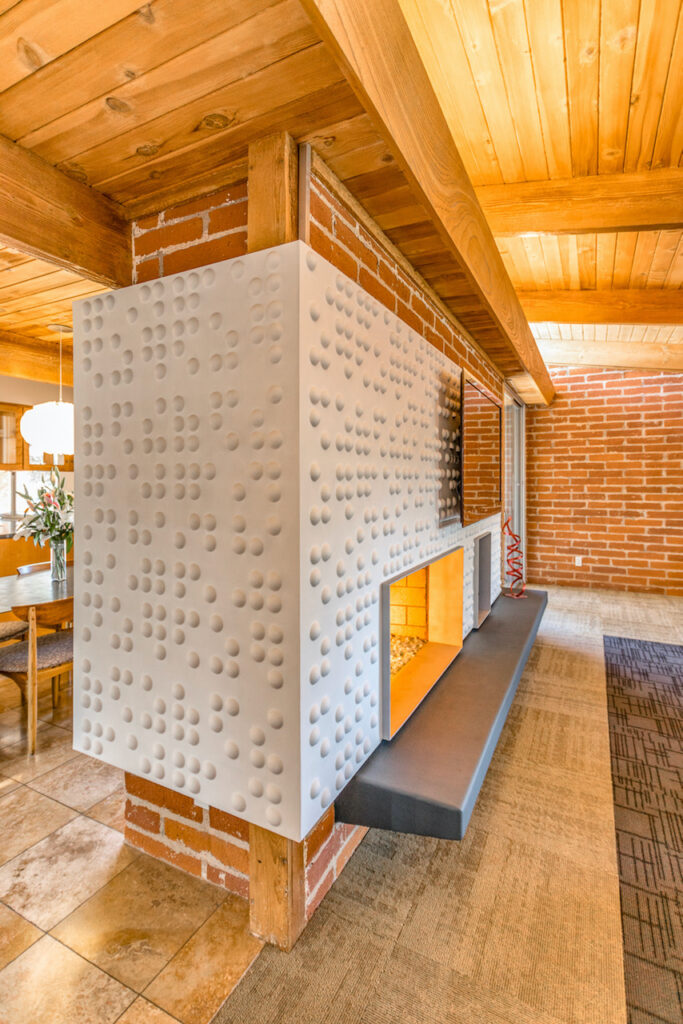
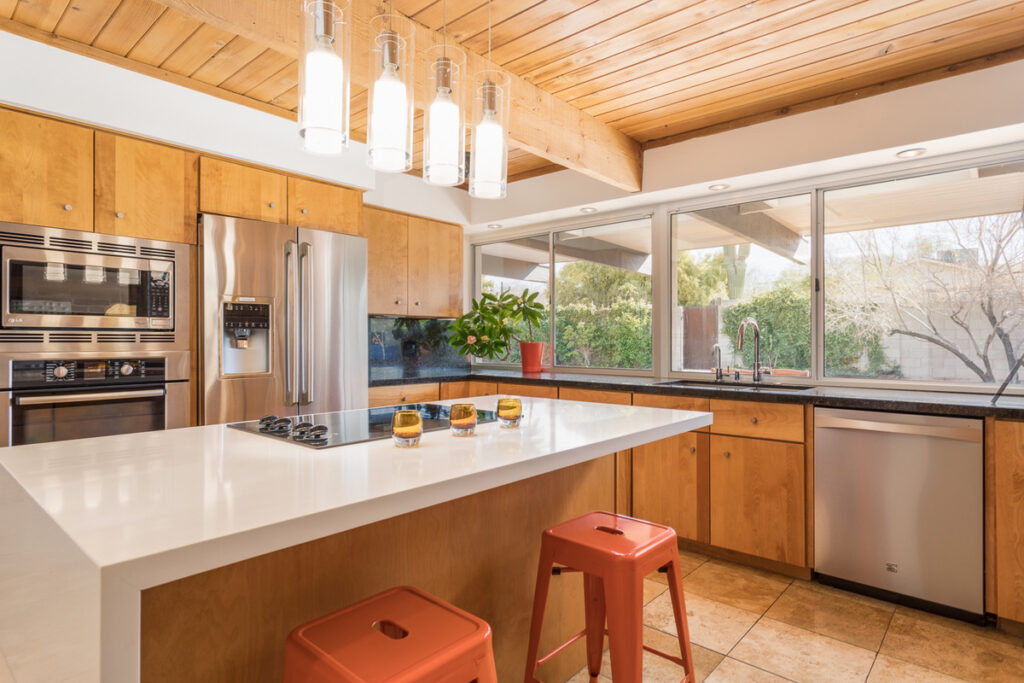
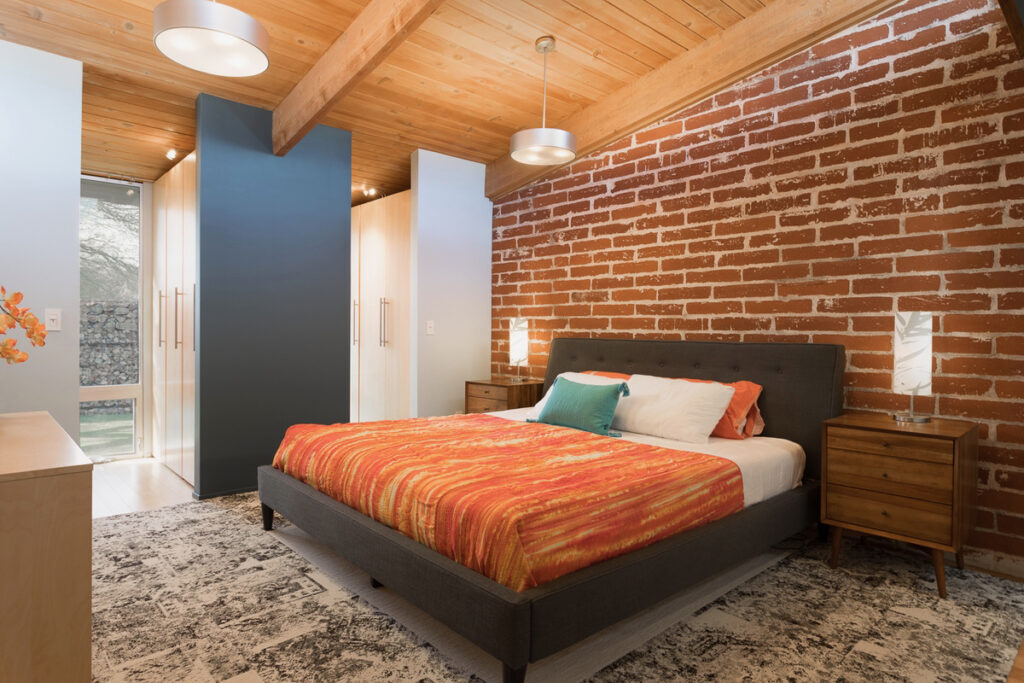
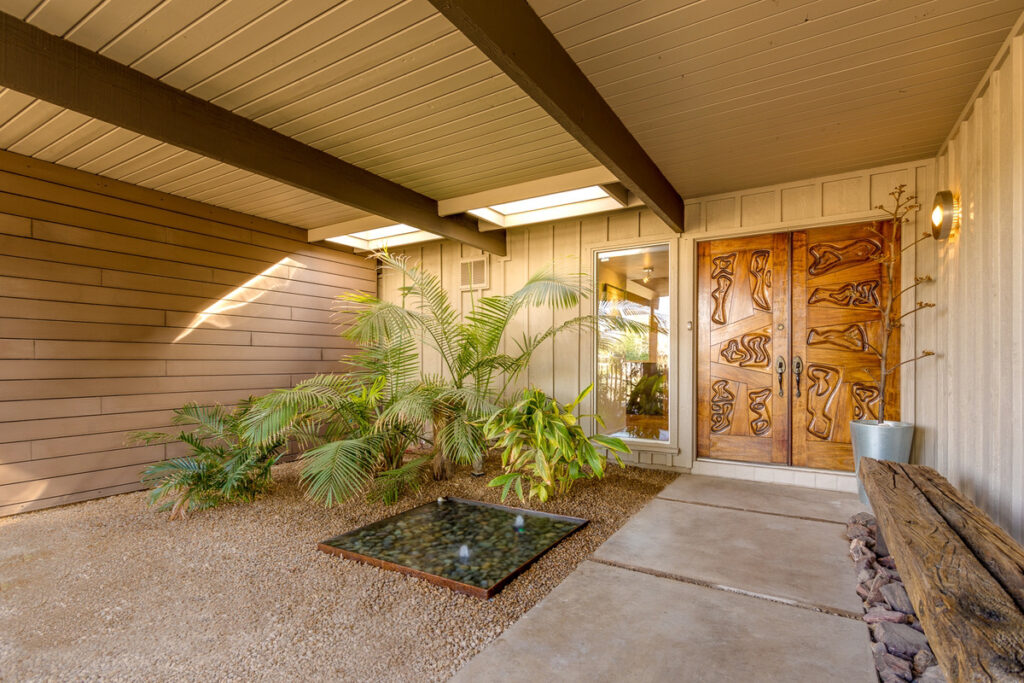
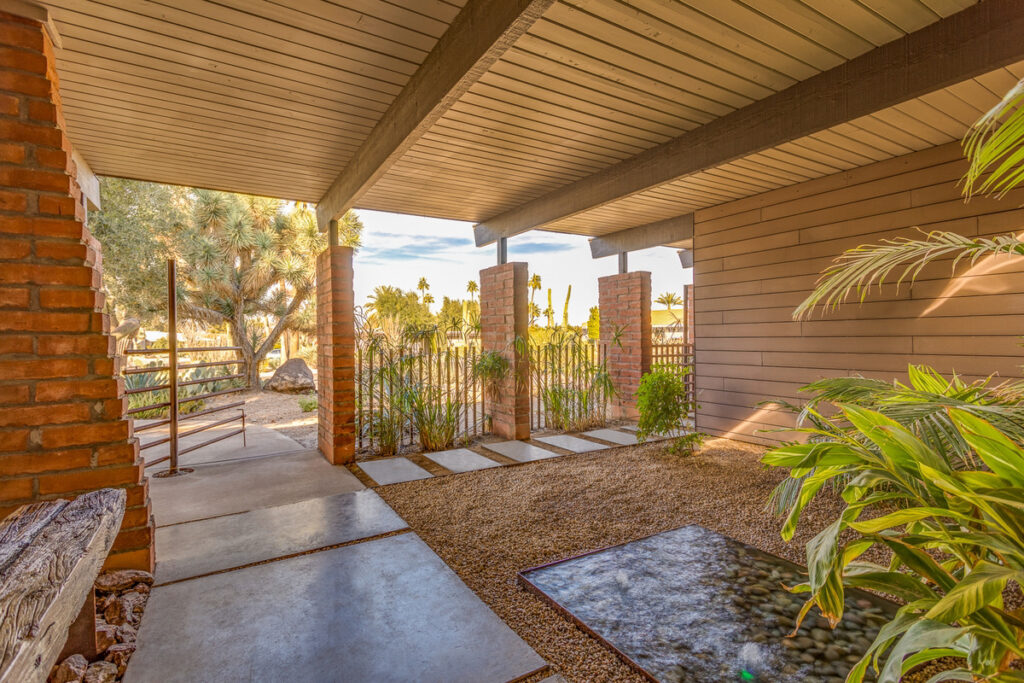
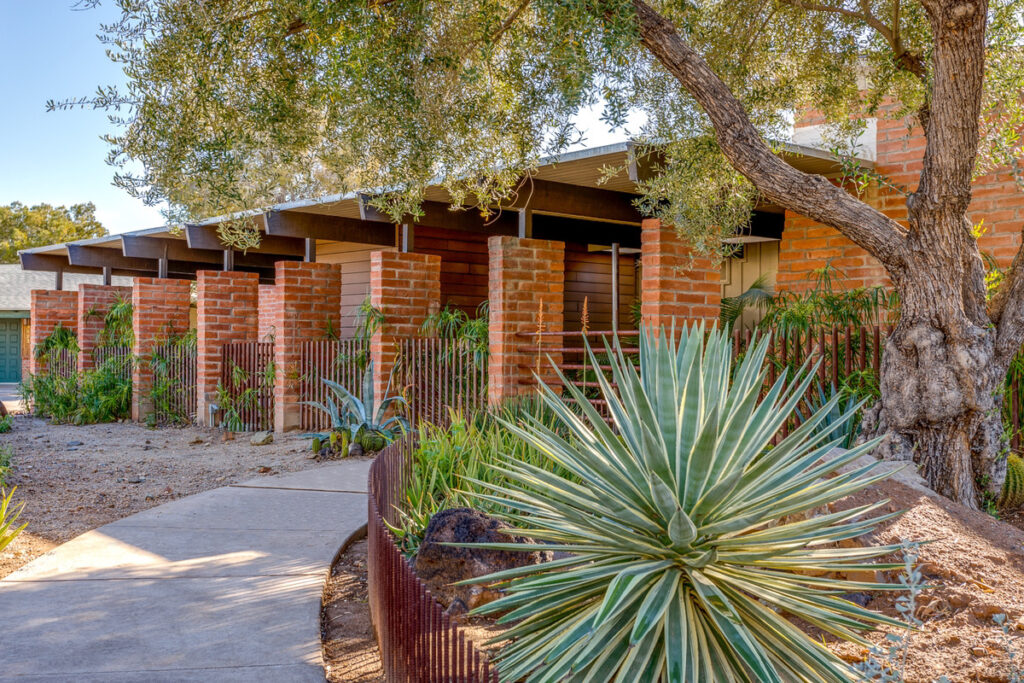
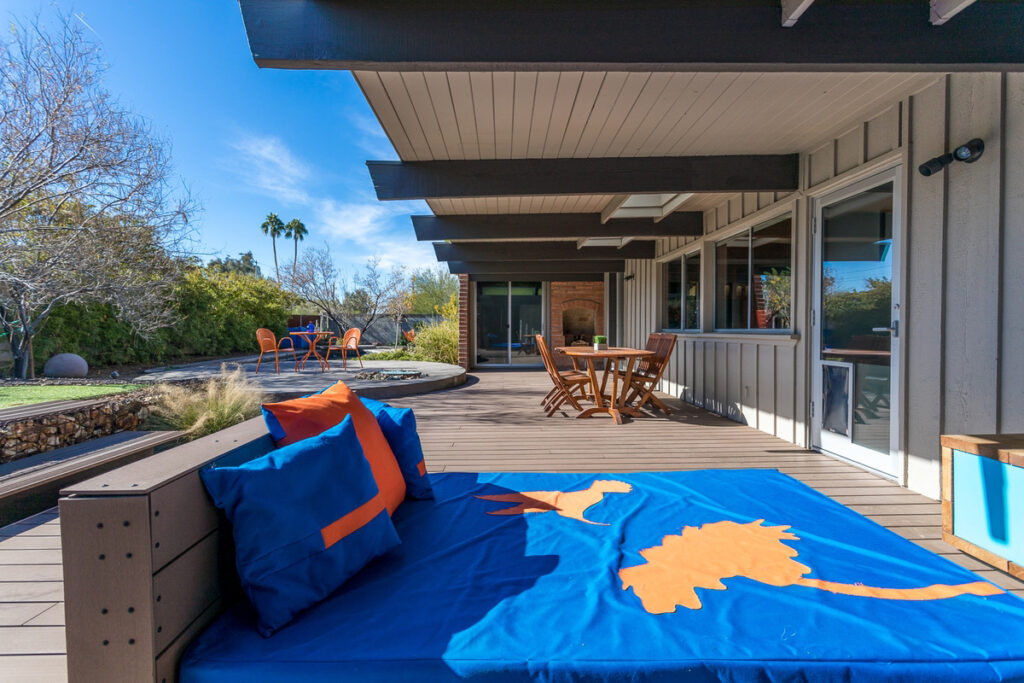
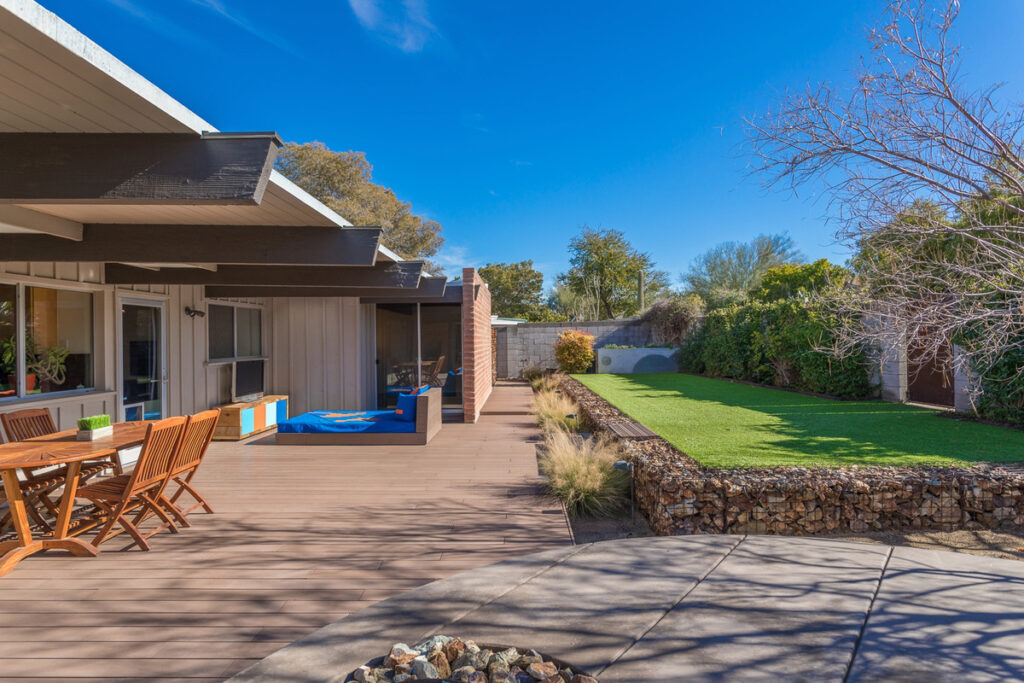
Photos by Andrew Jarsen





